|
Thread Number: 48283
Hoover 455 (A3072) Washer Overhaul Pt 2 |
[Down to Last] |

|
| Post# 699661 , Reply# 1 8/29/2013 at 02:47 (3,884 days old) by crouzet951 () | ||
|
This also included the rusty drain tube. 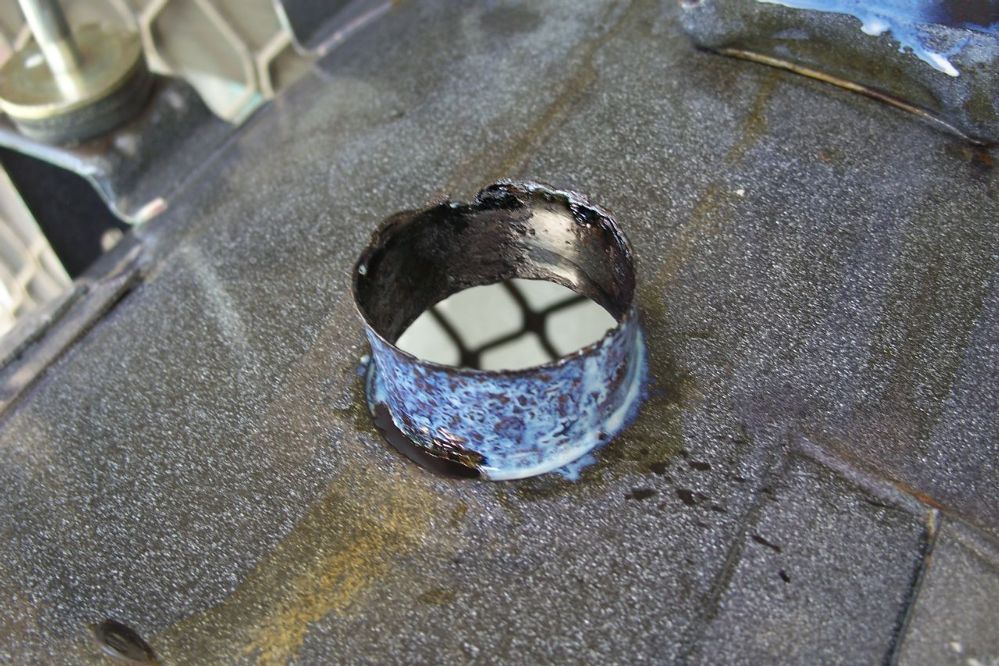
| ||
| Post# 699663 , Reply# 2 8/29/2013 at 02:49 (3,884 days old) by crouzet951 () | ||
|
Black Hammerite is being applied to both flanges, and some miscellaneous exterior locations. 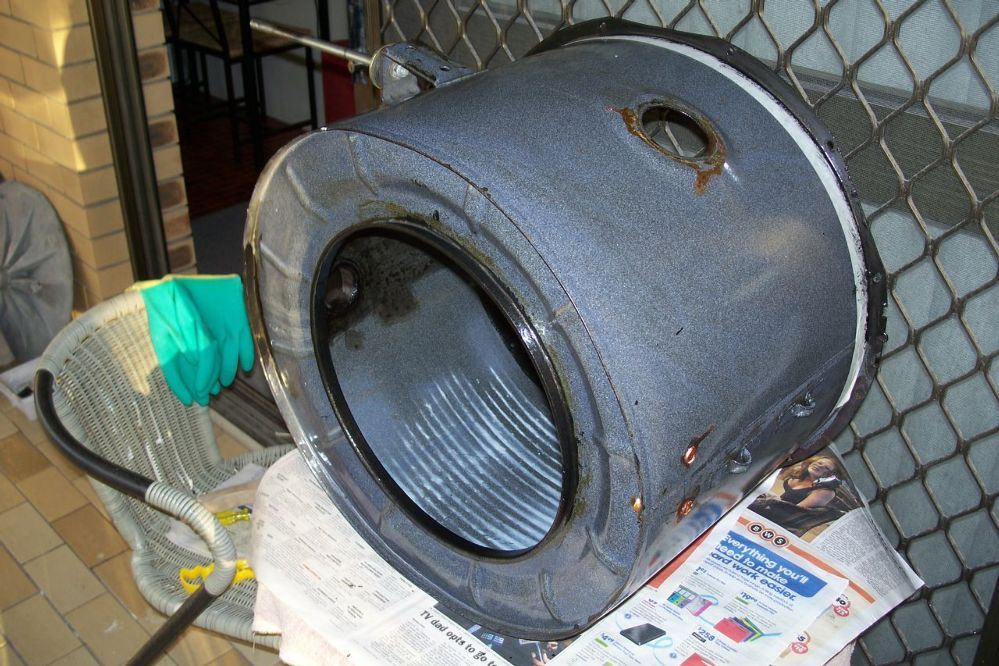
| ||
| Post# 699666 , Reply# 4 8/29/2013 at 03:03 (3,884 days old) by crouzet951 () | ||
|
The motor parts ready to go back together. The repairer painted the field windings red when re-baking them. The motor now has a racing stripe. Hehe. 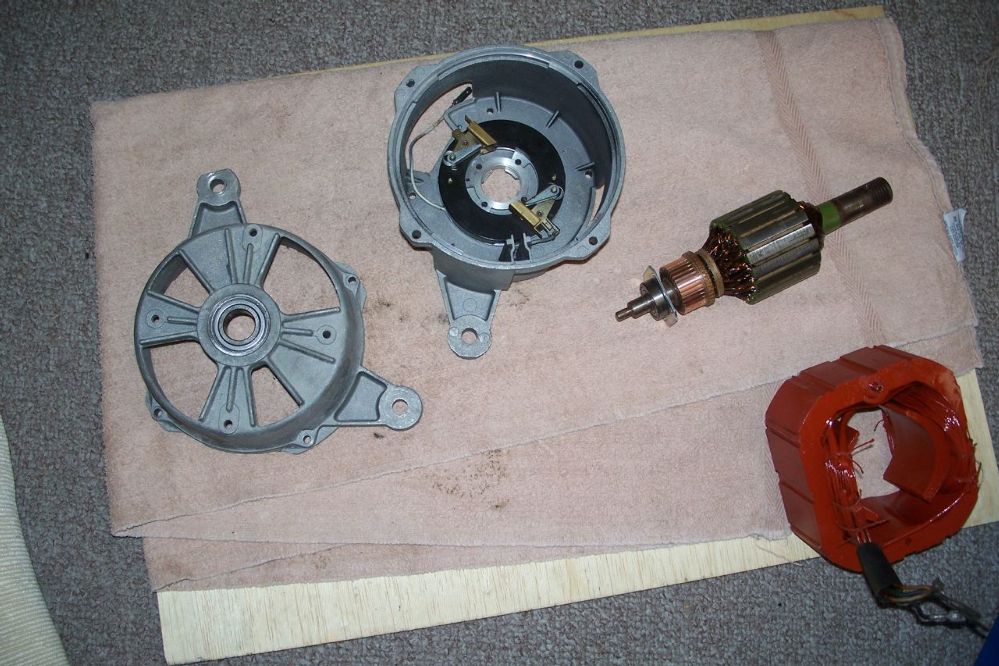
| ||
| Post# 699667 , Reply# 5 8/29/2013 at 03:04 (3,884 days old) by crouzet951 () | ||
|
The commutator came up very well. 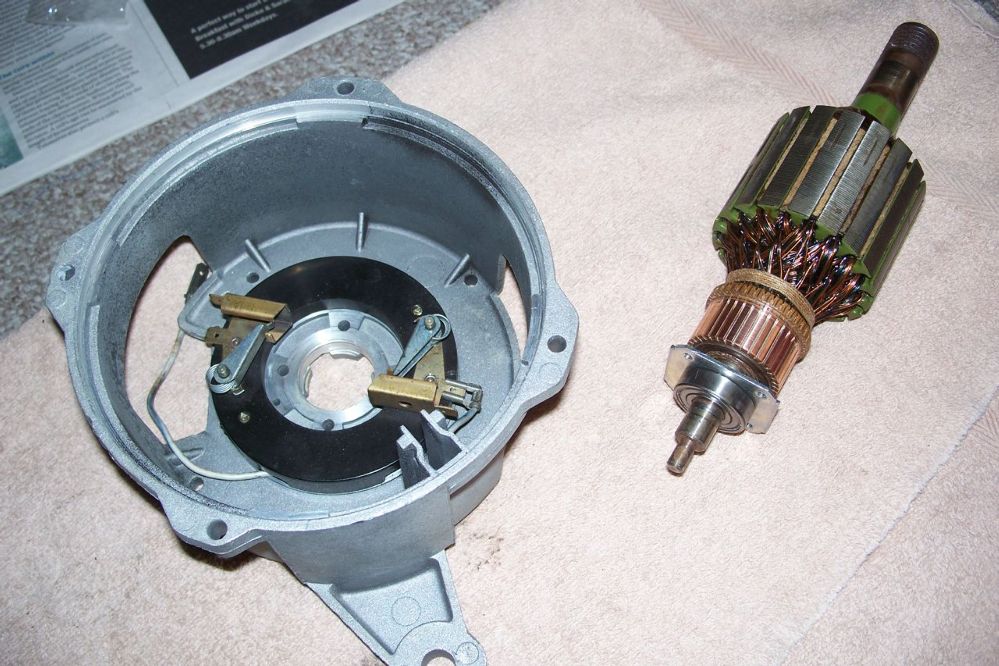
| ||
| Post# 699673 , Reply# 9 8/29/2013 at 03:39 (3,884 days old) by crouzet951 () | ||
|
The screws, nyloc nuts, and washers, are stainless steel. The screws are the same size as the screws used to attach the backplate to the outer drum. 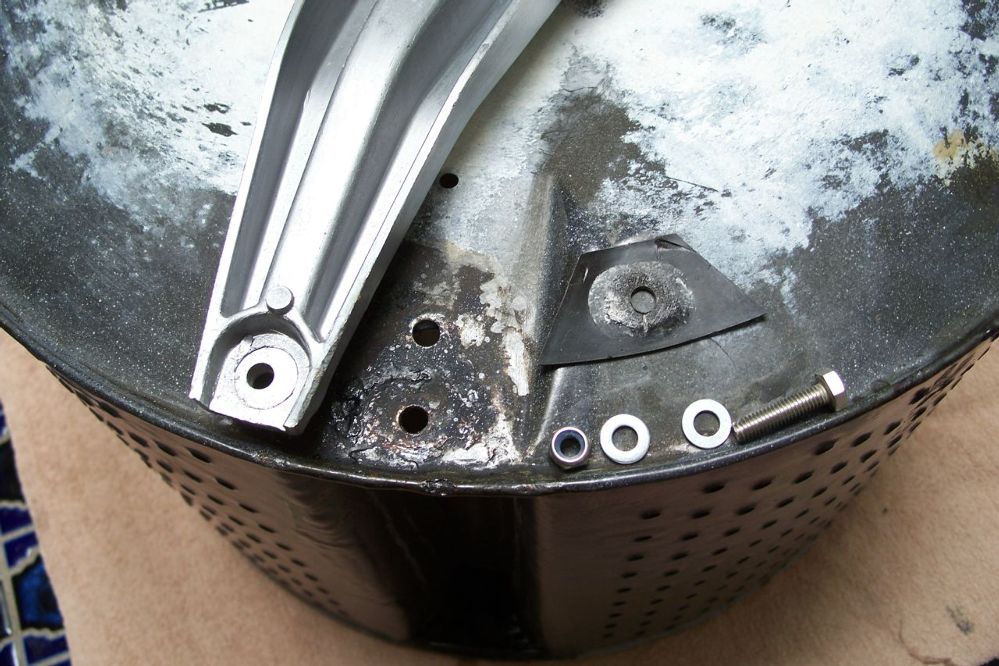
| ||
| Post# 699674 , Reply# 10 8/29/2013 at 03:42 (3,884 days old) by crouzet951 () | ||
|
As can be seen, the screw length is irrelevant. 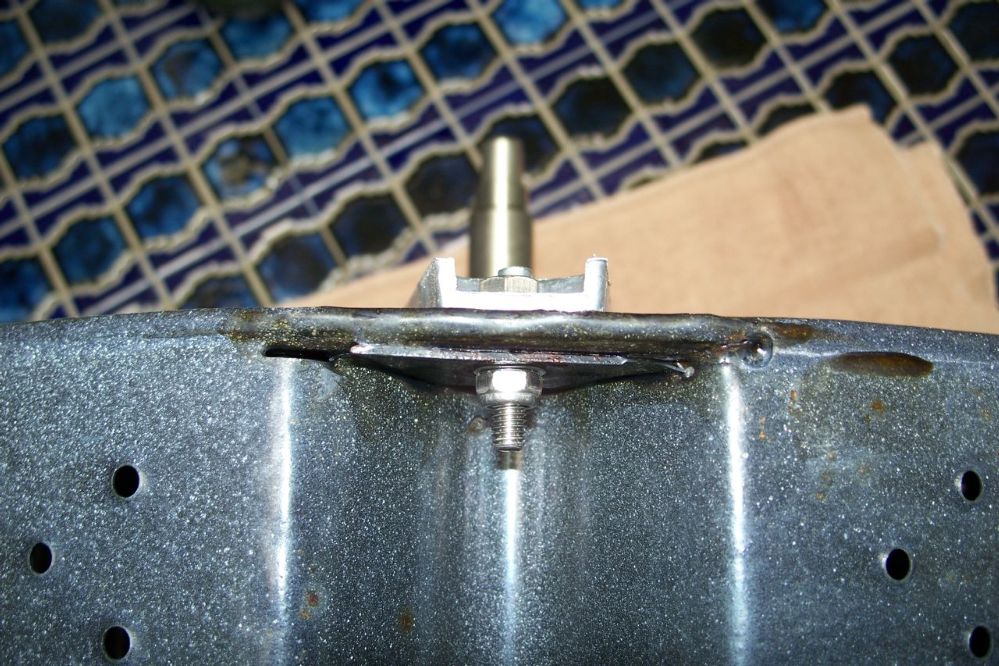
| ||
| Post# 699675 , Reply# 11 8/29/2013 at 03:43 (3,884 days old) by crouzet951 () | ||
|
The heating element cleaned up very well using some kettle decalcifier. 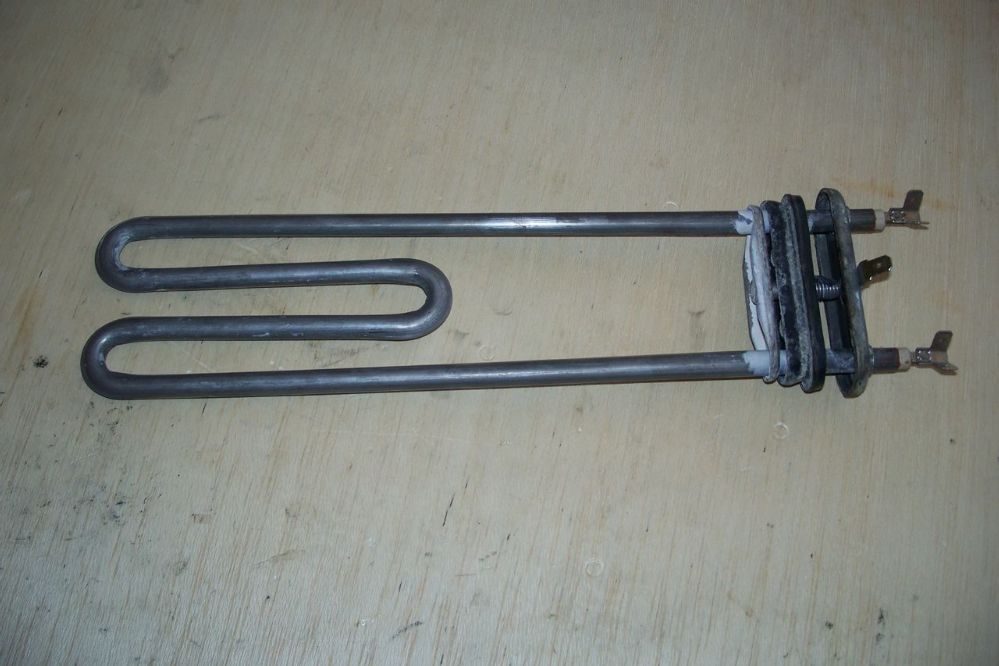
| ||
| Post# 699677 , Reply# 13 8/29/2013 at 03:51 (3,884 days old) by crouzet951 () | ||
|
Can you guess what these are? More op art? 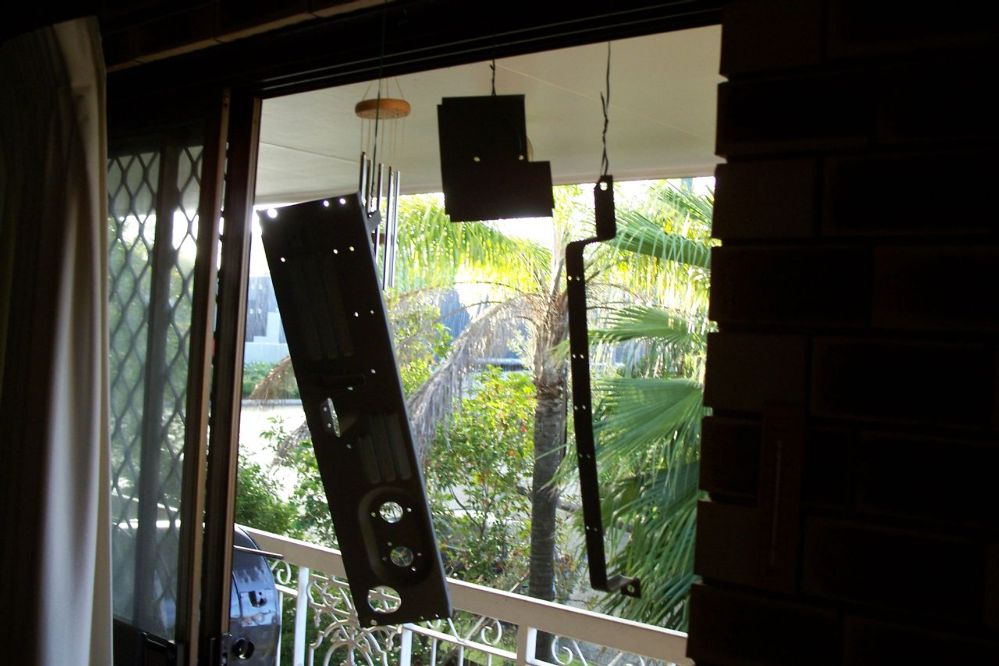
| ||
| Post# 699679 , Reply# 14 8/29/2013 at 03:55 (3,884 days old) by crouzet951 () | ||
|
The old paint was stripped off (now that is a pleasant experience), KURUST to the rust, sanded and cleaned, then two coats of primer and two top coats. They came up quite well. 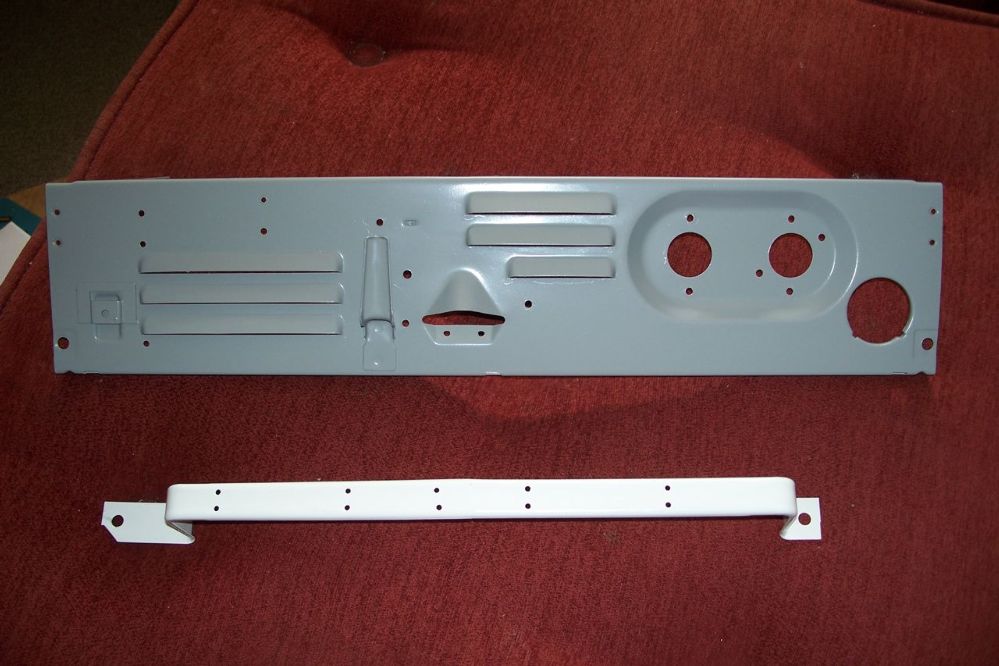
| ||
| Post# 699682 , Reply# 17 8/29/2013 at 04:29 (3,884 days old) by crouzet951 () | ||
|
That's all for now. I'll be back tomorrow with the conclusion. Cheers John | ||
| Post# 699765 , Reply# 18 8/29/2013 at 14:09 (3,884 days old) by sesteve (London, UK) | ||
 | ||

 Comes to the Rescue!
Comes to the Rescue!